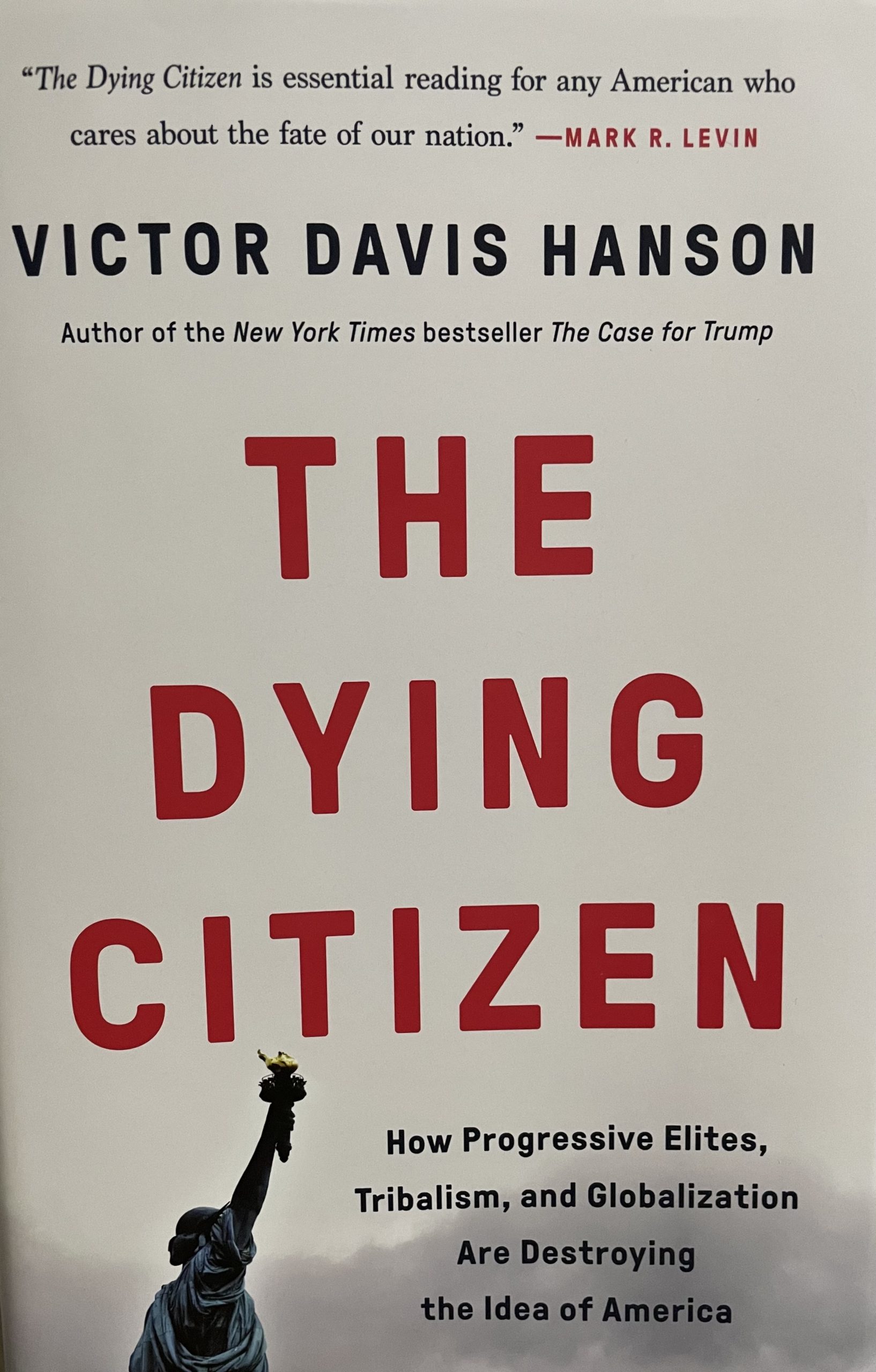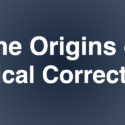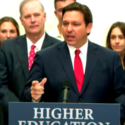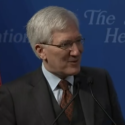Although primary source information on legendary sex researcher Alfred C. Kinsey has been out for more than a decade, it does not stop academics from heaping admiration upon his legacy that borders on veneration.
“His formative years were spent in a home and in a nation where many middle-class parents enshrouded sex in shame, heaping more than enough guilt on young people to mangle and twist them,” Theodore M. Brown and Elizabeth Fee wrote in the American Journal of Public Health in 2003. “This was particularly true for those like Kinsey who aspired but failed to achieve moral perfection.”
“His great accomplishment was to take his pain and suffering and use it to transform himself into an instrument of social reform, a secular evangelist who proclaimed a new sensibility about human sexuality.” Brown teaches at the University of Rochester.
Fee currently serves as chief of the History of Medicine Division at the National Library of Medicine. Additionally, she has long been affiliated with Johns Hopkins.
We contacted these two authors to find out if they still hold to this assessment despite what we now know about Dr. Kinsey’s heavy reliance on the testimonies of incarcerated sex offenders. “Of course,” Dr. Brown wrote. “but I also believe that he saw himself as a secular evangelist.”
Thus far, Dr. Fee has not responded to our inquiry.
Former Accuracy in Academia executive director Dan Flynn shows in his book Intellectual Morons that many of Kinsey’s case studies were far from normal by today’s standards let alone the more restrained times that the good doctor lived and worked in. “Preselecting homosexuals was only part of the equation to bias the results,” Flynn wrote. “Kinsey also stacked the sample group with prison inmates.”
“In 1941, for instance, Kinsey visited forty penal farms—more than three times the amount of campuses where he collected histories (an early complaint was that Kinsey focused his interviews too much on students).” Moreover, Kinsey was not just interested in run-of-the-mill prisoners.
“A Kinsey staff member claimed years later that 44 percent of the inmates Kinsey interviewed had had homosexual experiences, while the authors themselves placed the figure in a higher range,” Flynn wrote. “Whatever the real number, one need not be a sexologist to know that prisons are a breeding ground for homosexual activity and that prisoners normally have rebelled against societal norms not just in their criminal activities.”
“The researchers pursued a particular type of inmate, the sex offender, to skew the survey’s results further.” Here, too, Kinsey focused on the more unusual types.
“This still was insufficient, as a particular type of sex offender, the most perverse and abnormal, became the focus of interviews,” Flynn reported. “All three of Kinsey’s coauthors have since admitted that their prison histories ignored scientific sampling techniques and focused on the most perverse sex offenders, including those who had practiced incest, rape and pedophilia.”
The Kinsey Institute itself, still based at IU, barely acknowledges all of the above on its website, proclaiming, “For over 60 years, the institute has been a trusted source for investigating and informing the world about critical issues in sex, gender and reproduction.”
Malcolm A. Kline is the Executive Director of Accuracy in Academia.
If you would like to comment on this article, e-mail mal.kline@academia.org










